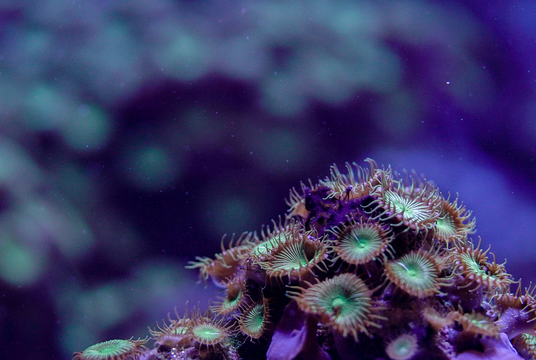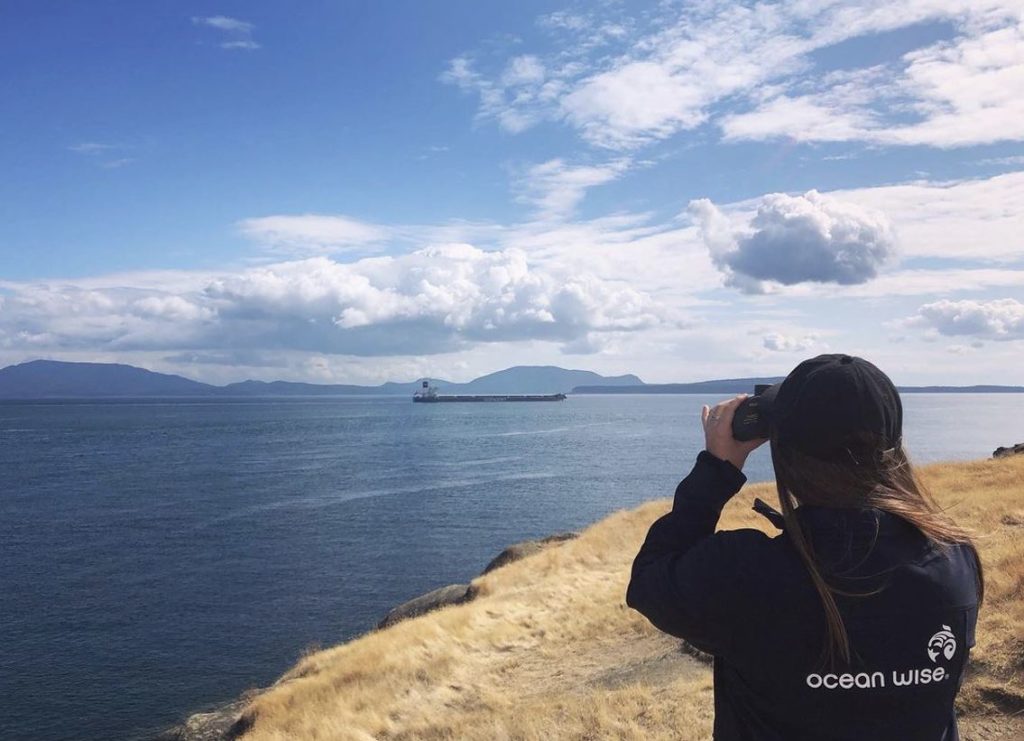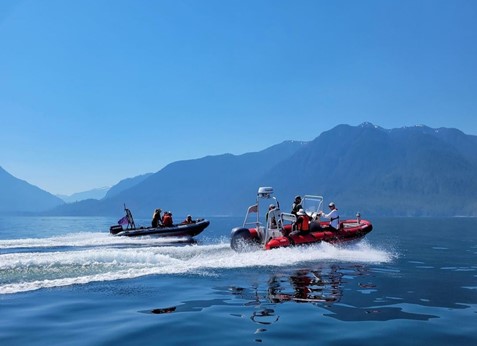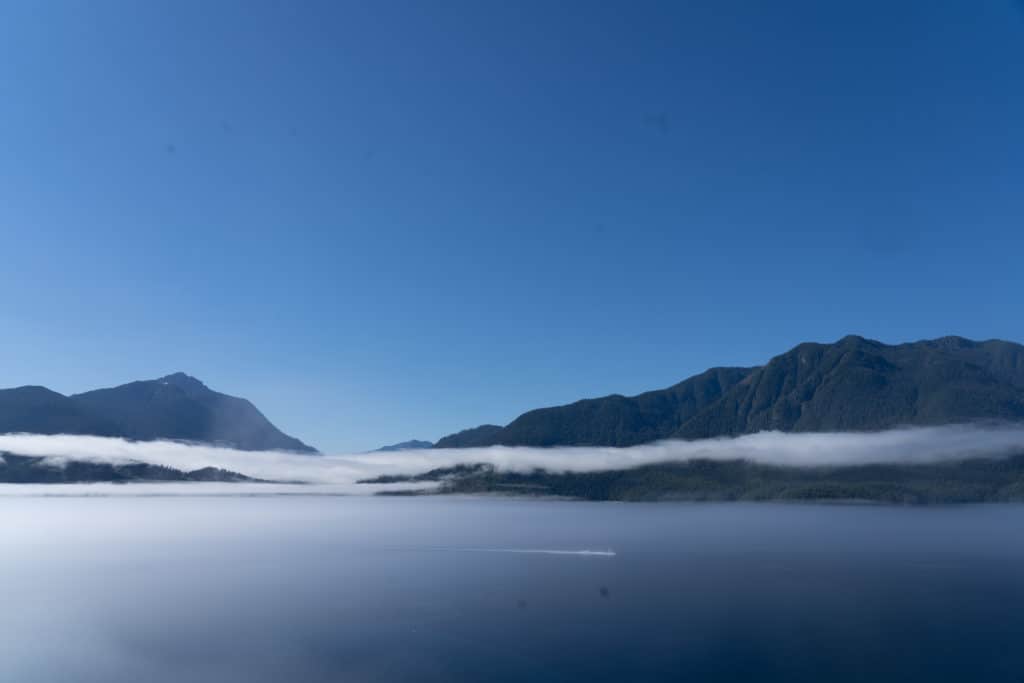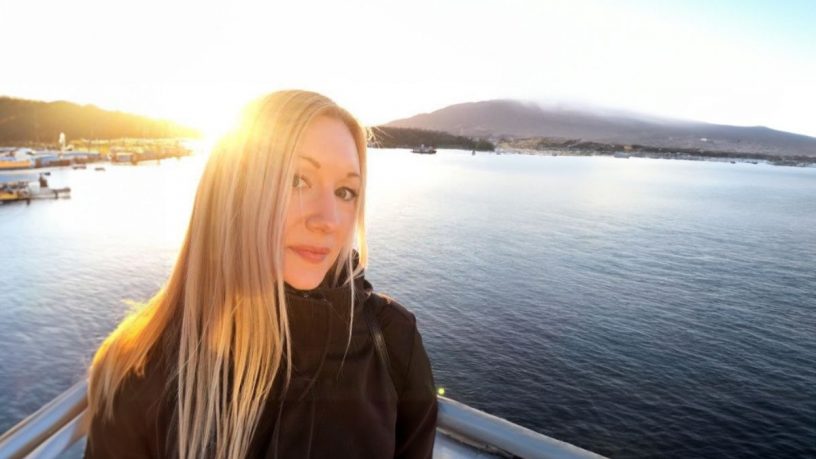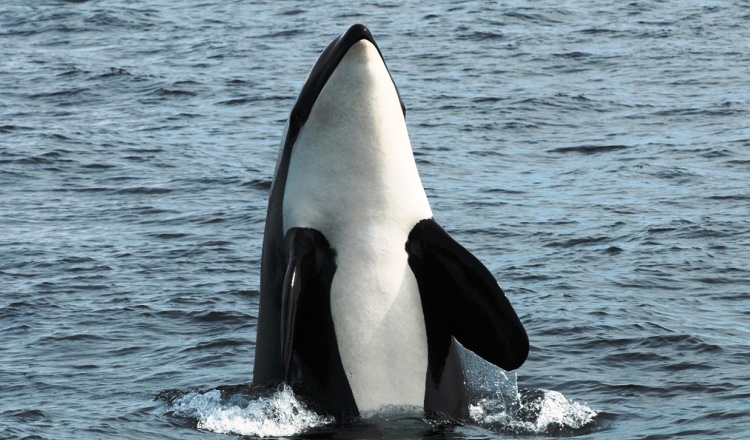
Ocean Pollution Success Stories
Ocean pollution is typically a bad news story which conjures images of PCB-laden killer whales, DDT-associated eggshell thinning in bald eagles, and concerns about seafood safety. While uncovering these scary stories might seem daunting to many, I find it strangely uplifting. Why? Because this kind of information can help me and others identify pollutants of concern, track trends over time, determine impacts on sea life, and follow the pollution trail back to its source.
In this way, such research enables us to work with regulators, urban authorities, industries and other stakeholders to halt the release of harmful substances into our ocean environment. While there appears to be an endless stream of bad news about our environment, it is worth pointing out that all is not doom and gloom. Many scientists have made ocean pollution discoveries that have led to the design of regulations, source control, clean-ups and best practices.
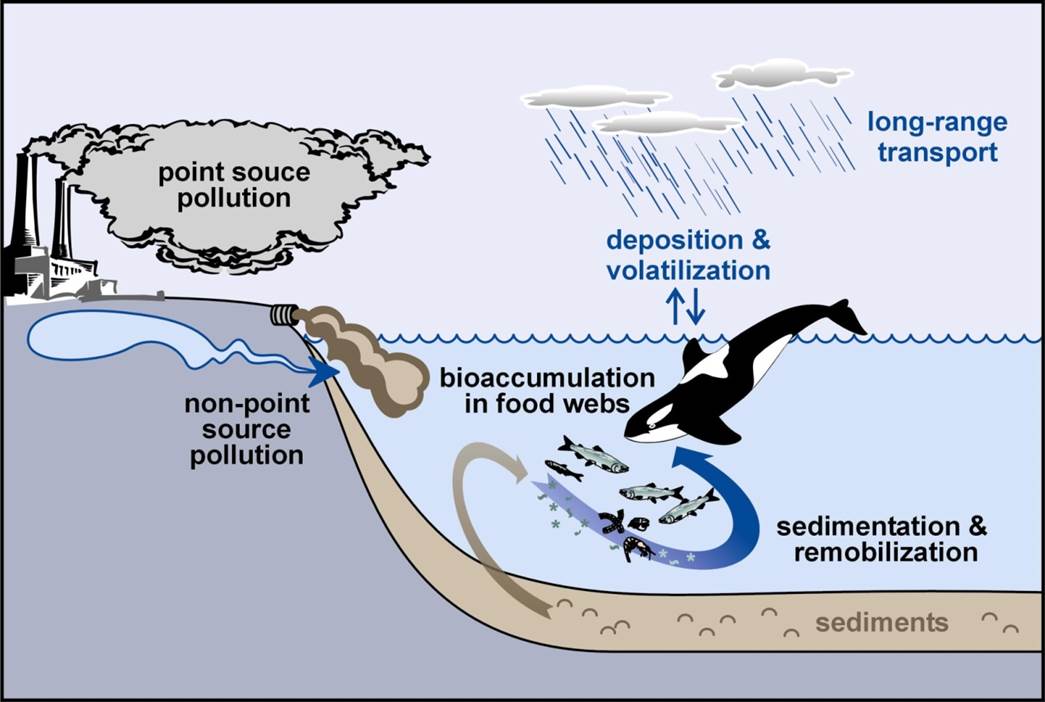
Some success stories are coming to light right here in our own coastal waters. We first discovered the region’s killer whales to be the most PCB-contaminated marine mammals in the world (Ross et al. 2000), something that led to a flurry of media attention about a terrible chemical. However, we have since documented a significant reduction in PCB levels in these killer whales, reflecting regulations implemented in the 1970s (Hickie et al. 2007).
The harbour seals of the Salish Sea also tell a similar story. We reported seven times higher levels of PCBs in seals living in Puget Sound than in the Strait of Georgia, something that led to effects on their health (Mos et al. 2006). Yet a long-term retrospective of the concentrations of PCBs in these seals reveal a dramatic improvement between the 1980s and the present (Ross et al. 2013).
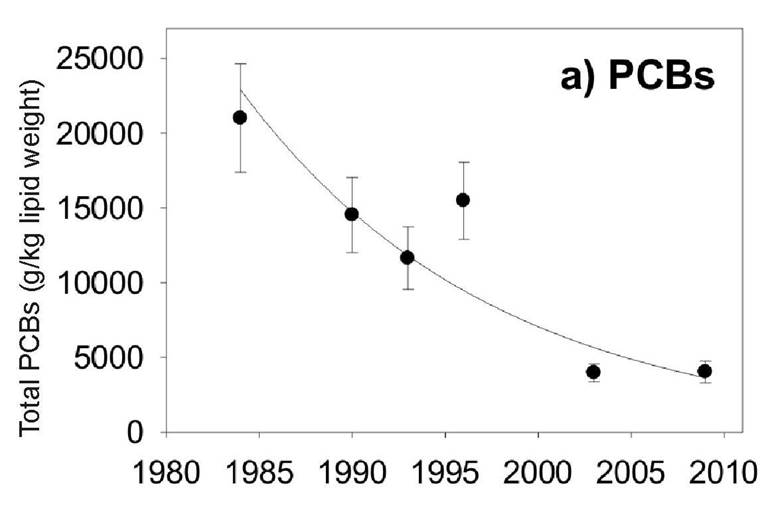
The success story about PCBs is not just limited to this class of industrial chemical. A number of chemicals that share similar properties are on Canada’s “bad list.” These are chemicals that are persistent, bioaccumulative and toxic. Many such chemicals have been banned in Canada, and new chemicals cannot have these features. While this does not prevent all impacts associated with currently used chemicals, this regulatory regime does reduce the chances of a new environmental disaster at the top of the food chain. And the international treaty on Persistent Organic Pollutants (POPs) forces the global community to phase out many of these harmful chemicals that would otherwise move around the world through atmospheric transport.
Regulations implemented in 2004 to ban some other toxic chemicals including PBDE products in Canada (the same products were voluntarily removed from the U.S. market at the same time) led to a decline in the concentrations of these flame retardants in harbour seals in the Salish Sea (Ross et al. 2013). The notorious pesticide DDT has dropped to levels where we no longer see eggshell thinning in many aquatic birds. Dioxin releases into the Strait of Georgia are down by 95 per cent since pulp and paper mills were no longer allowed to use liquid chlorine in the bleaching process.
It’s vital that we monitor the marine environment and watch for accidents, mistakes and surprises. That’s how we get to work and stem the flow of pollutants than can hurt wildlife, fish stocks and human health. So, let’s keep watching, but also take time to recognize that we have made some important changes in the past. Changes that have improved the health of our coastal ecosystems and prevented further losses.
Blog post submitted by Dr. Peter S. Ross, director of the Ocean Pollution Research Program, part of the Coastal Ocean Research Institute, at the Vancouver Aquarium Marine Science Centre.
References:
- Hickie, B.E., Ross,P.S., Macdonald, R.W., and Ford, J.K.B. 2007. Killer whales (Orcinus orca) face protracted health risks associated with lifetime exposure to PCBs. Environ.Sci.Technol. 41: 6613-6619.
- Mos, L., Morsey,B., Jeffries, S.J., Yunker,M., Raverty, S., De Guise, S., and Ross, P.S. 2006. Both chemical and biological pollution contribute to immunological profiles of free-ranging harbor seals. Environ.Toxicol.Chem. 25: 3110-3117.
- Ross, P.S., Ellis,G.M., Ikonomou,M.G., Barrett-Lennard,L.G., and Addison,R.F. 2000. High PCB concentrations in free-ranging Pacific killer whales, Orcinus orca: effects of age, sex and dietary preference. Mar.Pollut.Bull. 40: 504-515.
- Ross, P.S., Noël, M., Lambourn,D.M., Dangerfield, N.J., Calambokidis,J.C., and Jeffries,S.J. 2013. Declining levels of PCBs, PBDEs, PCDEs and PCNs in harbor seals from the Salish Sea. Progress in Oceanography 115: 160-170.
Posted March 17, 2015 by Vancouver Aquarium
